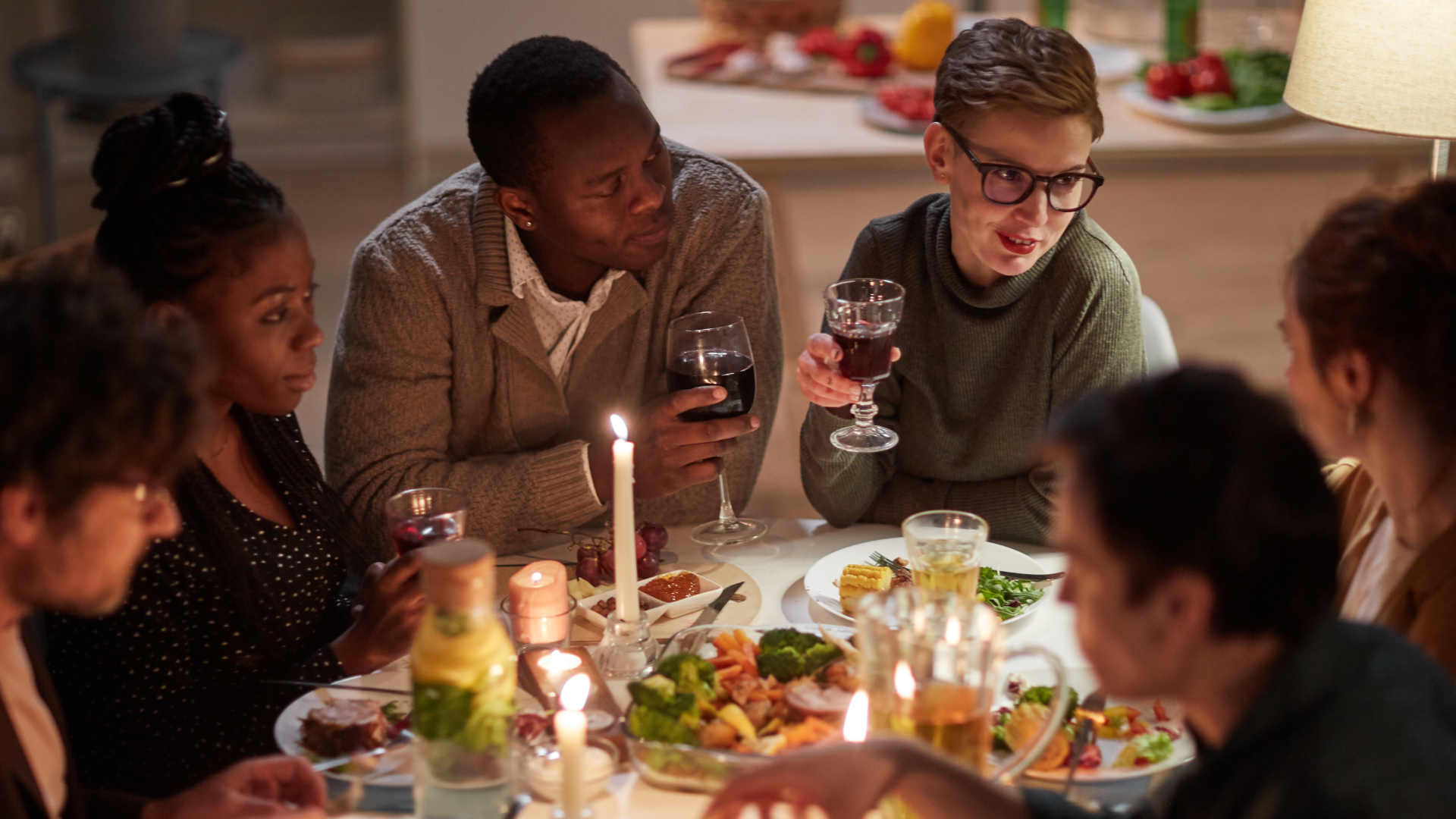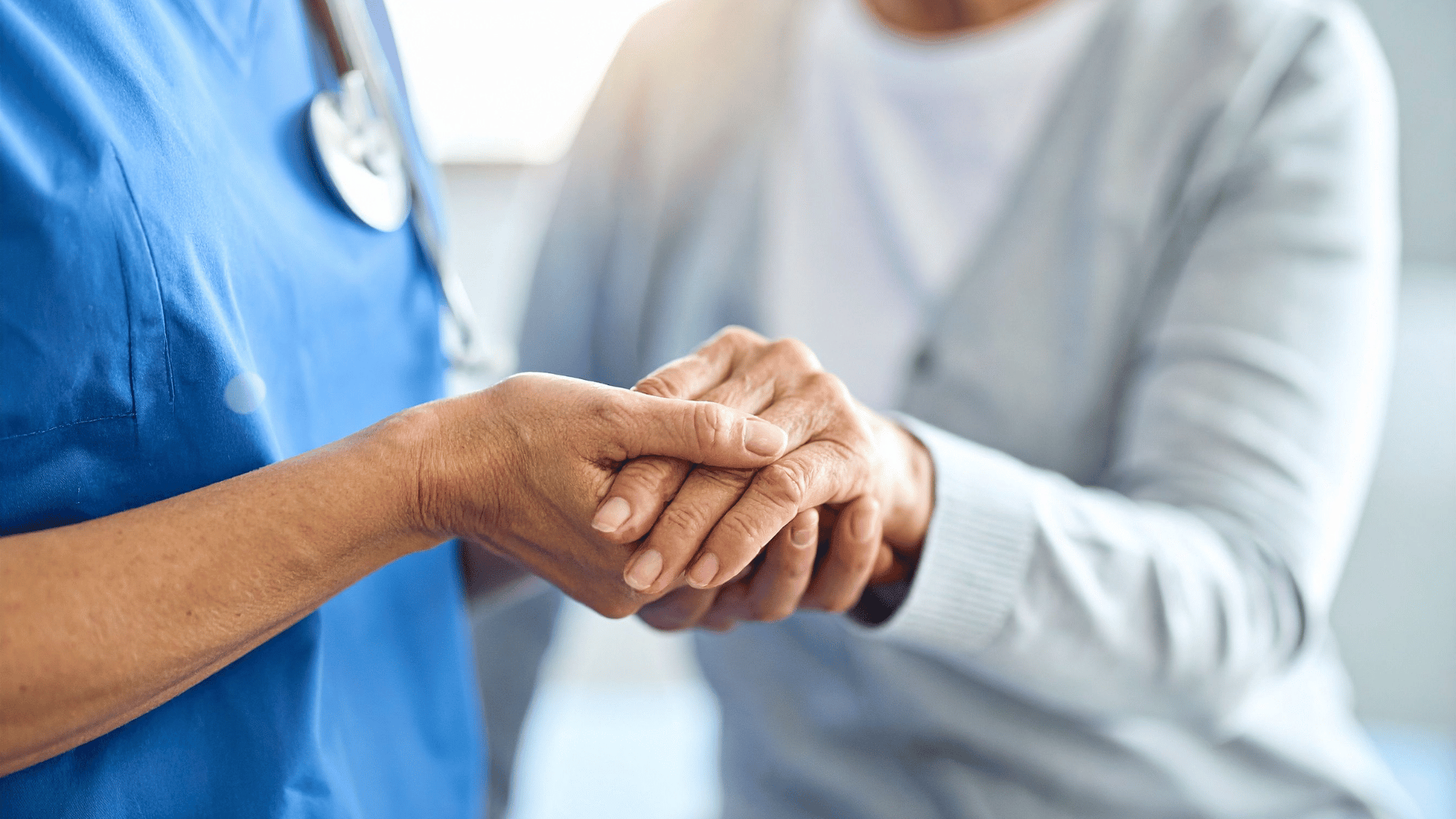Everyone knows what it’s like to be afraid of something. For instance, most of us will tense up when we see a spider crawling around in our room, and we’ll make sure to either kill it or humanely relocate it outside the house. But not everyone knows what it’s like to suffer from arachnophobia.
The word “phobia” is often thrown around carelessly. Most well-known phobias (like arachnophobia) are distorted by clichés in the popular imagination, which leads people to underestimate how devastating they can be. On the other hand, relatively obscure phobias tend to be met with complete misunderstanding: as a lifelong sufferer of emetophobia, I’ve had my fair share of experience with this.
What is emetophobia?
Emetophobia is the fear of vomiting. This can include being afraid of seeing or hearing other people vomit as well.
When they open up about this fear, most emetophobes are met with the usual response: “well, of course, no one likes being sick.” Vomiting is pleasant for no one. It’s not something we talk about a lot. It’s an icky, but fairly normal and usually harmless bodily function. As a result, people often act dismissive towards those who suffer from this phobia. I’ve had friends tell me offhandedly that “people get sick every day.” (The unsaid implication being, “get over it.”)
Emetophobes often hear dismissive statements like “no one likes getting sick.”
But emetophobia is much more than just “not liking getting sick.” It’s a paralyzing, all-consuming fear. Many emetophobes, myself included, plan their lives around avoiding all possibilities of vomiting: we never eat certain foods and shy away from certain activities, like going on roller coasters or drinking in bars. Some of us are even terrified of going to restaurants. Many of us compulsively clean our bathrooms and apartments. And personally, I can’t count the number of times I’ve had panic attacks caused by nothing but a weird feeling in my gut.
The root of emetophobia
Like all other phobias, emetophobia is categorized within the group of anxiety disorders in the DSM 5; and like most other phobias, it possibly originates from some early traumatic event.
According to research, phobias can be acquired through classical conditioning, the most famous example of which is Pavlov’s dog: 1. ring a bell; 2. bring food; 3. the smell of food makes the dog salivate. Over time, the dog learns to associate the bell with the arrival of food, and starts salivating whenever it hears the bell. In the case of phobias, a person learns to associate a neutral stimulus (for example, spiders) with a terrifying event; eventually, they begin to feel repulsion, horror, and fear towards the originally neutral stimulus.
When I was eight months old, my family came down with a horrible case of salmonella: as the youngest one, I was hit the hardest. Obviously I have no memory of it, but my mom has told me countless stories of how terrifying the ordeal was – how she feared for my life. Though I can’t say for sure that this was the only deciding factor, it’s safe to say that this early trauma contributed to me developing this phobia.
But many other emetophobes can’t trace their fear back to a specific event. Most of us are scared of vomiting without really knowing why, which is all the more frustrating when people around us insist that we have “no reason to be afraid of something so silly.”
Consequences on everyday life
Although I know I can’t have full control over my body, I do everything in my power to minimize the risk of vomiting. I don’t drink, because I’m scared of getting a hangover. I avoid roller coasters, because they make my stomach feel funky. I try not to spend time with people who are or look like they’re sick. If I feel extra anxious, I’ll avoid restaurants and (over)cook my own meals. Sometimes I wake up feeling “not right,” which compels me to go the whole day without eating – just in case.
I avoid activities that could make me feel sick, like going on roller coasters.
While these behaviours might reduce my anxiety in the short-term, they ultimately only reinforce the phobia. Even worse, they have negative consequences on my relationships and mental health. I’ve refused drinks at parties only to see the rest of my friends having fun and wonder if I was missing out. “Do they think I’m lame for not drinking?” I’d ask myself. I’ve also hurt my family members’ feelings by asking them if they felt nauseous while they were sick.
When you’re this afraid of something, it’s hard not to let that fear direct every choice you make – including the big, life-changing ones. For example, I’m not sure if pregnancy will ever be an option for me because I’m terrified of morning sickness.
Hope and treatment
It’s easy for emetophobes to feel like they’ll never be free from this fear. But it’s important to remember that there is hope: several forms of therapy have been shown to be effective against phobias. So far, the most powerful approach has been exposure therapy, which involves gradually exposing the patient to the object of their phobia in a safe, controlled environment.
While exposure therapy may sound horrifying to anyone who suffers from a phobia, its goal is to teach the sufferer that they can face their fear without incurring any catastrophic consequences. Eventually, their anxiety will be greatly reduced until it no longer controls their life.
Of course, it requires an enormous amount of courage for people to even consider the ERP method. Personally, I don’t feel anywhere near ready to try this method – yet.
If any emetophobes (or anyone who has a phobia) happen to be reading this, I want you to remember this: you are not weird, or a coward. I know it takes you a lot of courage to go through life everyday. And know that despite how hard it feels, there are ways to get better.
Need to get something off your chest?
Book a free phone or Skype vent session today.




